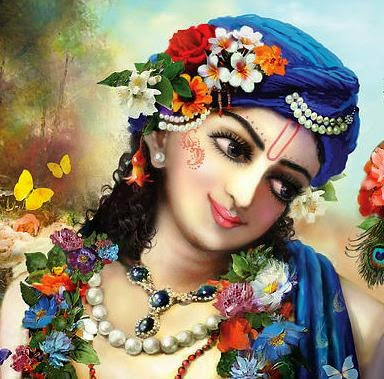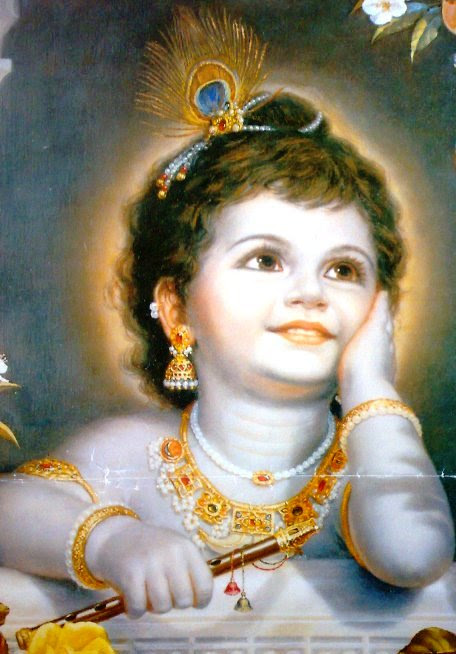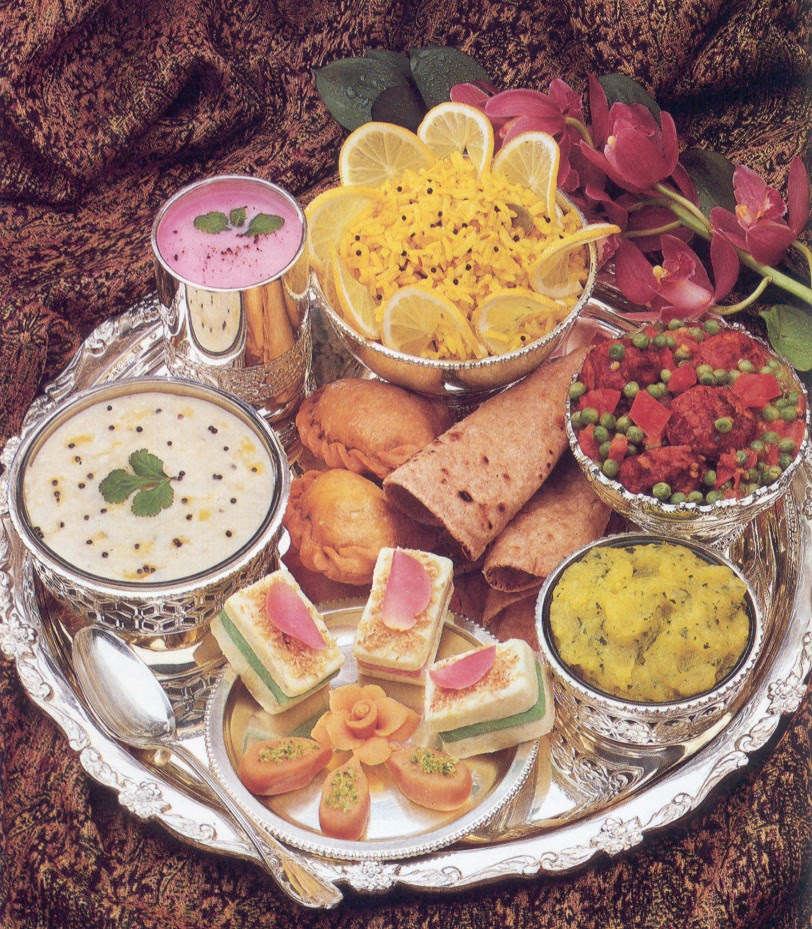1966: Went to the land of the hippies: When A C Bhaktivedanta Swami first beheld the American shoreline with its impressive skyscrapers, he saw not material prosperity but spiritual bankruptcy. And he prayed fervently to be used as an instrument of divine compassion, beseeching the Lord to make him dance like a puppet. He had come to America not to enjoy its comforts, but to share the spiritual comfort of God’s love. So, as he initially explored the terrain for its spiritual receptivity, he stayed first with his sponsor in Butler and then with a yoga teacher in New York. But once he found a spiritually promising territory, he plunged deep into it, although it was materially inhospitable. That territory was Lower East Side, New York, where hippies from all over America had settled to pursue their experiment in counterculture.
A C Bhaktivedanta Swami had arrived in America at a turbulent phase in its cultural history – the phase of the counterculture when its youth were rejecting the materialism that was the fuel and the goal of the mainstream culture. Not knowing where to find a satisfactory alternative, many of these well-intentioned but uninformed youth were seeking spirituality through psychedelic drugs. And tragically they were ending up not as spiritualists but as drug-addicts.
Into this confusion and degradation, where thievery was commonplace, where trigger-happy kids roamed unfettered, where drug-induced babble was seen as spiritual revelation, came A C Bhaktivedanta Swami. A greater cultural mismatch would be difficult to imagine: an elderly, scholarly monk who had never drunk even tea during his life was living amidst college dropouts whose lives centered on sex and drugs. And yet the spiritual music and message he brought united hearts together in divine love, transcending the cultural incompatibility.
Fearlessly and compassionately, the Swami, as he came to be known in America, invited those troubled youths to replace the chemical high of drugs with the spiritual high of the holy names of God. Initially, the invitation seemed to boomerang. The first youth who showed some serious interest and who came to live with the Swami to learn from him turned violent under a drug-induced mania. When he charged to attack the Swami, the elderly teacher had to flee – and found himself homeless in a foreign land.
But his spirit was indomitable – he quickly regrouped and soon relocated to a storefront aptly titled “Matchless Gifts” and reissued his invitation to the hippies, who started coming regularly. Soon, he was conducting programs on three evenings every week. During the programs, he spoke on the Bhagavad-gita and sandwiched his talk between long kirtans. These kirtans featured dancing in tune with the responsive singing of the maha-mantra: Hare Krishna Hare Krishna Krishna Krishna Hare Hare, Hare Rama Hare Rama Rama Rama Hare Hare. The hippies were into music and they came to love the Swami’s spiritual music.
1966: Did first public kirtan at Tompkins Square Park, New York:
Appreciating the positive response to the storefront kirtans, the Swami decided to take the kirtan to the place where the hippies hung out. He went to a prominent local park, the Tompkins Square Park, and started singing under a tree while some of his followers started dancing. Intrigued, a few onlookers joined till eventually hundreds were singing and dancing in a two-hour jubilant celebration of spiritual love – the first of its kind outside the Indian subcontinent. After that first success, there was no looking back; public kirtans soon became one of the Swami’s principal outreach methods. Today, kirtan processions are a familiar sight on the streets of the world’s major cities and kirtan festivals are celebrated in numerous parts of the world. In fact, kirtan has become such a popular and influential genre in music that there’s an increasing demand to make it a new category for Grammy awards.
The elm tree under which the Swami led the first kirtan still exists in Tompkins Square Park. Called the Hare Krishna tree, it bears a plaque commemorating this historic event.
1966: Incorporated ISKCON: As the Swami attracted a small but significant group of dedicated followers, people started calling his storefront the temple. And amidst the Lower East Side hubbub, the temple became a spiritual happening place. But the Swami’s vision went far beyond the small storefront to encompass the whole world: Just as this small group had become enlivened by spiritual love, so too could the whole world. To actualize his vision, he established on August 8, 1966, in New York the International Society for Krishna Consciousness (ISKCON). Though some of his followers signed as members and a few well-wishers signed as trustees, hardly anyone thought that the movement would go beyond the Lower East Side. However, the Swami saw the storefront success as just the first stage in a multi-stage divine plan that would spiritually enrich the whole world – a divine plan that ISKCON would implement.
1967, Jan: Took his first flight to San Francisco: Some of the Swami’s enterprising followers went to San Francisco, attracted people there to the spiritual chant of the holy names and invited him to come there. They sent a flight ticket and thus he flew for the first time in his life – from New York to San Francisco. On disembarking, he was welcomed by an enthusiastic group of young people chanting the holy names. When asked how his flight had been, the Swami’s reply revealed his constant absorption in Krishna. He said that on noting how small the giant buildings looked from the airplane, he had contemplated how small everything would look from Krishna’s perspective.
1967, July 9: Inspired the first Ratha-Yatra in the West (San Francisco): The Swami constantly meditated on how to make the sweetness of bhakti more accessible to his Western audience. Once, when he saw a flatbed truck going along the road, he got the divine inspiration to utilize it as a vehicle for replicating the Ratha-Yatra festival. One of his disciples had coincidentally found in a nearby antique shop small images of Jagannatha, Baldeva and Subhadra. Seeing the coincidence as a divine arrangement, the Swami asked a disciple who had some experience in sculpting to fashion larger replicas of those images. And thus manifested the first Ratha-Yatra festival outside the Indian subcontinent. Jagannath rode atop his improvised chariot through the streets of San Francisco with people who had never before heard of him beholding, cheering, clapping, singing, dancing, receiving prasad and being blessed.
The Ratha-Yatra, or the Chariot Festival as it came to be known, became immensely popular. The hippies loved the public dancing and singing – while earlier they would have been arrested for dancing on the streets, now they were being escorted by the police.
Since that beginning in San Francisco, Ratha-Yatra has gone on to become a global cultural phenomenon. It is celebrated in scores of countries and hundreds of cities, from Boston to Belfast to Brisbane; and from Dublin to Dubai to Dnepropetrovsk.
1967: Got third heart attack and returned to India for treatment:
The strain of the Swami’s relentless outreach efforts took a heavy toll on his seventy-year-old body. One fateful night in San Francisco, he got a heart attack – his third – and it was nearly fatal. By his determination to carry on his master’s mission and by the fervent prayers of his followers, he pulled through. But the convalescence took time and the cold American weather didn’t help. So, he decided to return to India for its healing warmth and its holistic Ayurvedic treatment. His disciples, who were in their physical youth and in their spiritual infancy, were forced to grow up rapidly as the responsibility for carrying on their master’s mission was thrust on them. During his absence, they were nourished by his regular affection-filled letters – a mode of communication that the Swami would use extensively to guide his followers. Their love for him grew in separation. And a year later, they welcomed their beloved Swami, now recovered and rejuvenated, back to America.
They recognized that their master had saved them from directionless and meaningless lives. In gratitude and reverence, they longed to address him with a title more special than “the Swami.” Accordingly, after consulting him, they started addressing him with the honorific “Prabhupada.” The title refers to one who has taken shelter of the feet (pada) of God (prabhu). Abhay Charan thus metamorphosed through Abhay Charanaarvind, A C Bhaktivedanta, AC Bhaktivedanta Swami to Srila Prabhupada, the last being the name by which he would be lovingly addressed by millions the world over.
1968: Inspired ISKCON’s first eco-friendly spiritual community in New Vrindavan, West Virginia: Srila Prabhupada repeatedly stressed simple living and high thinking as the most conducive lifestyle for cultivating spiritual love. To demonstrate this, he inspired and guided his followers to establish self-sufficient communities that featured God-centered eco-friendly living. When some of his dedicated followers started developing such a community New Vrindavan, West Virginia, he stayed with them for months, demonstrating the simple spiritual lifestyle that he taught in his books. This was the lifestyle that devotees had lived for millennia in India, that Krishna himself had demonstrated during his stay in Vrindavan.During his stay at New Vrindavan, his disciples were amazed to see the breadth of his knowledge – it extended from the topmost transcendental subjects about esoteric spiritual love to the down-to-earth details of fashioning a cart that wouldn’t sink in the marshy terrain.
New Vrindavan has now become a Western place of pilgrimage for devotees and seekers. It features a magnificent Prabhupada Palace of Gold that when inaugurated was called by the New York Times the “Taj Mahal of the West.”
Over the decades, many similar communities have been developed in various parts of the world. They serve as not just serene spiritual sanctuaries but also as crucibles of ecological research – they demonstrate prosperity through living in harmony with nature as a viable, even preferable, alternative to prosperity by exploiting nature.
1968: Macmillan published his Bhagavad-gita commentary: The Bhagavad-gita is among the best known philosophical classics from the Indian wisdom-tradition. Though many commentaries had been written on it, few if any focused on the transformational power of love that is its underlying, unifying essence. Srila Prabhupada brought that essence out in his commentary titled Bhagavad Gita As It Is. He finished writing this commentary in America in 1967 and wanted to publish it there.
But as he was relatively unknown in America and as his book was seen as the religious book of a minority religion that would not attract many readers, no publisher was forthcoming. Nonetheless, through a miraculous series of events, the respected publishing house, MacMillan, published his commentary, albeit in an abridged edition. Exceeding expectations, the commentary was widely appreciated and soon re-printed repeatedly. Eventually, Prabhupada published the unabridged edition through his own publishing house.
Over the last five decades, his Gita commentary has become the world’s most widely read English commentary. Millions of copies have been distributed all over the world in over sixty languages.
1969: Established ISKCON’s first Radha-Krishna temple in Los Angeles: As his followers became increasingly devoted to Krishna, Srila Prabhupada decided that the time was right to unveil the next phase in his spiritual transplantation of the bhakti culture: introducing Deity Worship. In Los Angeles, where he had attracted a substantial following and which had thus become the de facto Western headquarters of his movement, he installed ISKCON’s first Radha-Krishna Deities. For worshiping those Deities, he trained and initiated some of his dedicated disciples, making them ordained priests. That temple was to become the first among hundreds all over the world – temples that offer spiritual retreat and rejuvenation to millions.
1969: Established Radha-Londonishvara temple in London: Srila Prabhupada had sent three couples to England to share the message of spiritual love there. After an initial period of intense struggle – struggle that they weathered by the strength of Srila Prabhupada’s encouraging and guiding letters – they got a major breakthrough when they met the “spiritual” Beatle, George Harrison. The legendary musician had already heard an album of Srila Prabhupada’s singing the Hare Krishna mantra – and had found it spiritually fascinating. With his assistance, the devotees moved forward much faster in setting up an ISKCON center in London. At their invitation, Srila Prabhupada came to London and installed Radha-Krishna deities.
Five decades ago, Srila Prabhupada had been an Indian political activist against English colonial rule. Now, he was in London as a spiritual teacher, initiating as his disciples descendants of those colonist English, and establishing in London a temple that was a part of the same culture that the English had subjugated for two centuries. Geopolitical realities had changed, but the sovereignty of the one God whom different religions addressed by different names remained unchanged. Enshrining this eternal reality in a transcendental neologism, Srila Prabhupada named the Deities Radha-Londonishvara, thus conveying God’s sovereignty over everything, including London.
1969: Inspired George Harrison to spiritualize his music:
During Srila Prabhupada’s stay in London, the famed Beatle George Harrison came to meet him on several occasions. The saint encouraged the musician to compose devotional songs with lyrics that included the holy names. Inspired by this guideline, George Harrison produced several devotional songs such as the celebrated “My Sweet Lord,” a composition in praise of Krishna. The Rolling Stone magazine ranked it 460th among the 500 greatest songs of all time. He also teamed with the devotees to produce albums such as the Radha Krishna Temple. The song “Hare Krishna mantra” from that album became a global bestseller. The devotees performed it twice on BBC-TV’s Top of the Pops and in multiple concerts across Europe, thus introducing the holy names of Krishna to millions.
1970: Did first Indian tour with his Western disciples: This tour across India gave his Western disciples a fuller experience of the bhakti culture that was still widespread in India; and it showed Indians how Westerners had so diligently embraced the very culture that they themselves were neglecting or rejecting. His tour created a spiritual sensation with Indians astonished to see young Westerners adopting traditional Indian practices and principles: Young Western women wearing sarees; and young Western men with shaven heads wearing dhoti-kurtas. His tour won the hearts of thousands of Indians, many of whom went on to become his ardent supporters .
1971: Established ISKCON’s first temple in India at Kolkata:
When Srila Prabhupada came to Kolkata with his Western disciples, his pandal programs were attended by twenty to thirty thousand people, with some programs being among the biggest the city had ever seen. Soon, Kolkata warmed up to the achievements of its illustrious son.
But not everyone was pleased. Anti-social elements threatened him with “Fly or Die” notes. Unfazed, he continued his outreach. When one evening, some rowdy youths came to disrupt the program, he fearlessly led from the front and diffused the volatile situation by his saintliness and his presence of mind.
It was in Kolkata that Srila Prabhupada established ISKCON’s first temple in India. While growing up as a child there, he had worshiped the Deities of Radha-Govinda in a neighborhood temple – and now, expressing his gratitude and his resolve to preserve and propagate the bhakti heritage, he installed Radha-Govinda Deities in that same city.
The post Prabhupada: The moments that made his movement – Part 2 appeared first on The Spiritual Scientist.






 Appearance of Lord Balaram
Appearance of Lord Balaram Maha Clean-up in preparation for Janamastami
Maha Clean-up in preparation for Janamastami Annada
Annada Janamashtami Grand Celebration
Janamashtami Grand Celebration
 Offer Gifts to Lord on His Appearance Day
Offer Gifts to Lord on His Appearance Day
 Appearance of Srila Prabhupada(Fasting till
Appearance of Srila Prabhupada(Fasting till 












